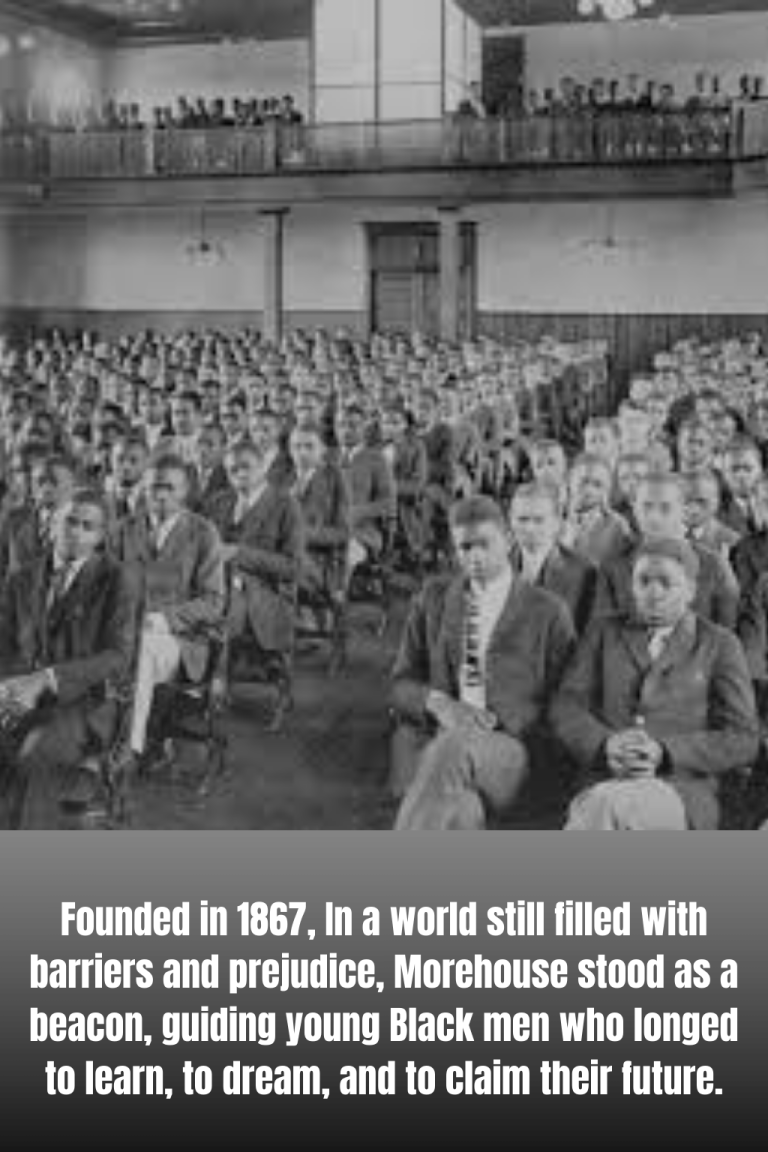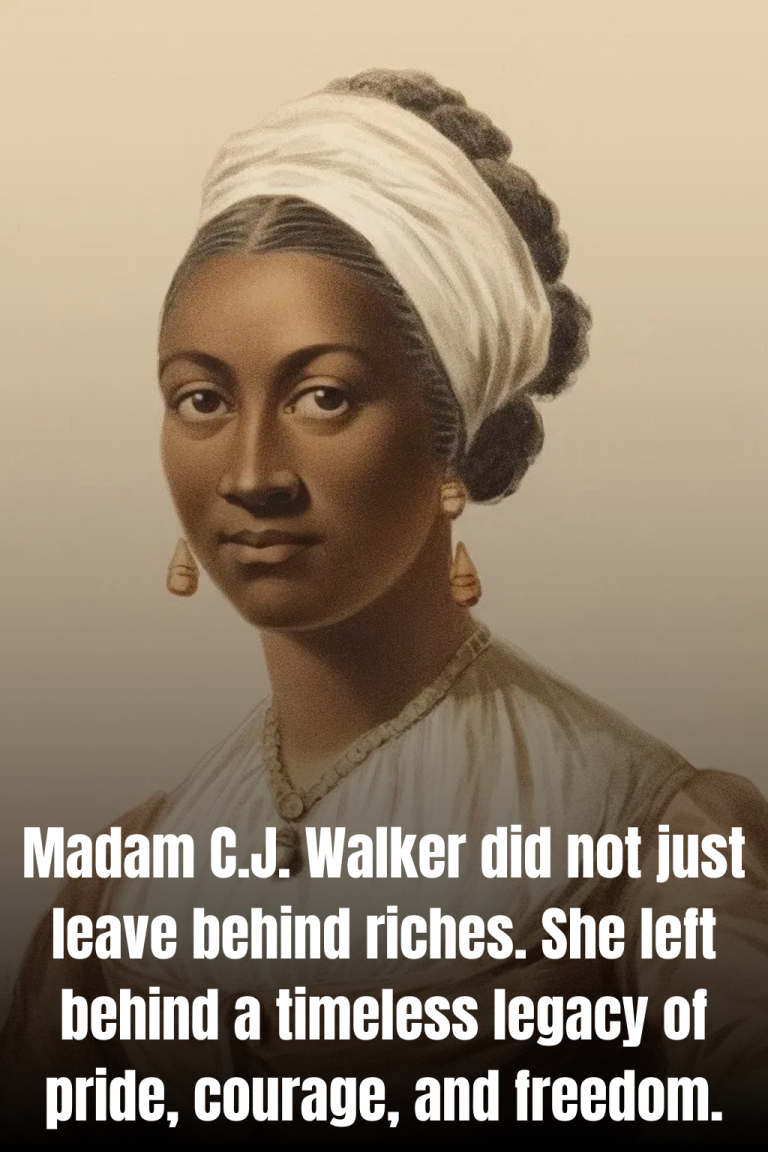The anguished faces of child slavery: Harrowing images show the hardship and destitution of young plantation workers even AFTER they were emancipated
These harrowing photographs reveal the anguished faces of African American slave children in the 1800s and the hardship they suffered even after they were emancipated.
The images offer an insight into the lives of enslaved children in the United States – some of whom were forced to toil in fields when they were just toddlers.
The collection of photographs show infant children working on the plantations with their fathers and mothers, who would be forced to effectively hand over their newborns to ensure they were back to work within days of giving birth.
Enslaved children can be seen posing in torn clothes for the camera and three African-American boys are seen sat amongst the wreckage of the Civil War.
By 1860, it is estimated that more than two million slaves in America were under the age of 20 and even in infancy, slaves were viewed by their masters and by society as a whole as monetary assets – not legal persons.
Tragically, even after they were liberated, many of the children’s impoverished lives did not change as they continued to carry out the same tasks as they were forced to as slaves – sometimes even on the same plantations – but this time as workers.
+ 15
View gallery
Freed African-Americans stand in front of their homes that are still the same slave quarters on a white man’s plantation in Saint Helena Island, South Carolina. The picture, which features a barefoot child in the foreground and a man with a cane in the background, is understood to have been taken in 1863
+ 15
View gallery
+ 15
View gallery
An undated rare photograph (left) of what is thought to be two children who had been liberated from slavery in around 1870. On the right, another African-American child sits on a chair with an unimpressed expression on her face. It is not known whether or not the girl is a slave, but it is thought the picture was taken in Alabama around 1856
+ 15
View gallery
Children and their families – all freed African-Americans – continue to work on a plantation, doing exactly the same work they did as slaves, despite being liberated. This picture was taken in Saint Helena Island, South Carolina around 1863
+ 15
View gallery
+ 15
View gallery
Two African American boys from North Carolina, circa 1864. The two young boys (left) were photographed in New Berne, a city that was captured early on in the Civil War by Union soldiers. The picture was likely taken by a photographer sympathetic to the Union cause and the children would have been born into slavery. The Emancipation Proclamation and the subsequent 13th amendment banning slavery would have changed the course of these boys lives. Right are a brother and sister, former slaves, holding hands and wearing ripped and torn clothing. They were owned by Thomas White of Mathews County, Virginia, until Captain Riley, 6th USOI, turned them over to the Society of Friends to educate at the Orphan’s Shelter in Philadelphia. The photograph is entitled ‘As we found them’
+ 15
View gallery
A family of slaves in a field in Georgia in a picture taken around 1850. By 1860, it is estimated that over two million slaves in America were under the age of twenty. Even in infancy, slaves were viewed by their masters and by society as a whole as monetary assets – not legal people in their own right
Mothers, who gave birth to children on the plantations, were expected to return to work as soon as possible and child slaves would not automatically live with their mothers in their traditional families.
Limited, cramped conditions and the lack of state recognition of slave marriage often led to children being placed with adults other than their parents or being sent to sleep on a mat in the master’s house.
Since slave children were not fully functional workers, they were given smaller rations than adults and sometimes not even given clothes.
It appears not to have been an unusual sight to see naked children on plantation and even when clothing was provided, it was rarely replaced as they got older.
Ages at which slaves were put to work varied between plantations, but toddlers were known to be sent to the fields alongside their mothers.





